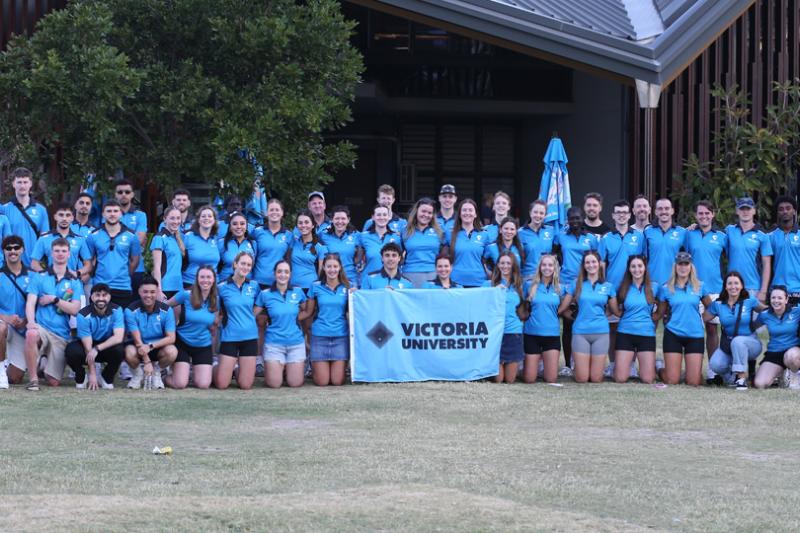Gender bias in student surveys on teaching increased with remote learning

Gender bias against female academics increased in student evaluations of teaching during remote learning, particularly among male students, our research published today shows. This bias could have impacts on female academics’ leadership and career opportunities, and on their confidence and well-being. Based on our research, we make four recommendations to counter gender bias in teaching evaluations and its impacts.
In early 2020, universities across Australia moved all teaching online due to the spread of COVID-19 and subsequent lockdowns. Academics had to learn very quickly how to teach online and assist their students with online learning. The shift meant teaching moved from the neutral territory of the university classroom into the more private space of the home.
This has had many consequences for academics, particularly women who were also caring for children.
Academics regularly have their teaching performance monitored. This is most often done through student evaluation of teaching. The surveys used for this purpose continued during 2020.
The surveys record student judgement of teacher quality, resources and subject design. Many problems have been identified with institutional reliance on this evaluation measure. These problems include relatively low response rates – often 30% or less – and the subjective nature of student perceptions of teaching quality. These perceptions are influenced by teachers’ gender and race, with some comments in an Australian study qualifying as “hate speech”.
Yet universities continue to rely heavily on student evaluations in monitoring teaching quality. They also use them for individual academic performance management, including promotion.
What did the study find?
Our research, published in a special Women & Leadership issue of the Journal of University Learning & Teaching Practice, analysed more than 22,000 de-identified scores from student evaluations of teaching and over 8,000 de-identified student comments. The data came from surveys in 2019 (face-to-face teaching) and 2020 (remote teaching) that evaluated teaching staff in a multidisciplinary college at Victoria University, Melbourne. All surveys were from first-year students across all disciplines and courses.
There were no differences in student evaluation scores between male and female lecturers or between in-person and remote teaching. But our analysis found a difference in the comments.
Most comments from both male and female students were positive about both male and female teachers. These comments mostly emphasised that students recognised and appreciated their teachers’ efforts during the massive and rapid shift to online learning in 2020.
Negative comments were in the minority (7% for each year). However, the students making these comments disproportionately targeted female academics for negative commentary about attitude, irrespective of students’ gender or the mode of delivery.
During remote learning, there were more negative comments about female academics’ teaching style, particularly from male students with a 30 percentage point increase in comments by male students from 2019. Typical examples of such comments by male students about female teachers included:
“She had no idea.”
“Concepts were not fully explained and key concepts were left out.”
Female academics were also more often the targets of negative comments on teachers’ ease with the video conferencing software, such as:
“She struggled more than my other teachers on Zoom.”
Comments about the domestic environment while teaching online were in a minority. But these comments were directed at female academics only, such as this one by a female student.
“It was distracting when her child would interrupt her.”
Why does this gender bias matter?
During COVID-19 lockdowns, the burden of caring for children fell disproportionately to women throughout Australia, as the Australian Institute of Family Studies has shown. It was no different for academic women. Should they be penalised for it?
Academic women are also more likely than their male peers to suffer from imposter syndrome. The negative gendered comments in student evaluations of their teaching could reinforce these anxieties.
In a year when women’s research outputs decreased while men’s research outputs increased, an added concern is there may be an over-reliance on student evaluations for women academics who seek promotion.
What can universities do to counter this bias?
Given that universities still use these surveys for teacher promotion and performance evaluations, ways must be found to counter the effect of poor feedback from students that is so gendered and subjective. We recommend that:
an amnesty applies to negative comments in data from student evaluations of teaching in 2020 and 2021 (due to COVID)
a guide is created and workshops run for people (line managers and members of promotions panels) reading student evaluation data to highlight their known gendered bias
implicit gender bias training for students be developed and cautionary information be added in the survey instructions to students
female academics who have encountered such negative feedback are given strategies on how to deal with it. These may include mental health training, sharing the purpose of the evaluation surveys and the feedback with students, focusing on the positive comments rather than the few negative ones, and citing the published research on bias in promotion applications.

This article is republished from The Conversation under a Creative Commons license. Read the original article.



